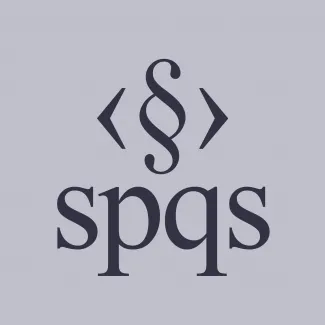Six reasons to switch from Java to Python
Introduction
The decision to migrate a Java project to Python can not be made quickly. It's not so much a matter of changing languages, but rather a response to changing business requirements, accelerating innovation, and lowering long-term complexity. For the majority of companies, Python is a new, adaptable choice better suited to the demands of the modern business environment.
No matter if you're building a new startup or need to reimplement a legacy system, Python application development can come in handy, ranging from faster development cycles to a more maintainable codebase. However, the migration journey should be planned out. In our guide, we will provide you with the major benefits and drawbacks of the decision, discuss when it's the best time to do it, and present a hybrid approach leveraging the best of both worlds.
Advantages of Migrating to Python
1. Cleaner Code
Python's syntax favors readability. This results in fewer lines of code, less boilerplate code, and improved readability, a highly useful feature when onboarding new programmers or when refactoring large systems.
2. Speed
Dynamic typing and a robust standard library facilitate faster development and rapid prototyping in Python. It allows teams to test and iterate on ideas earlier, pivot more readily, and ship to user needs earlier.
3. Diversity
From data processing to web development and deploying machine learning models, Python is mature and extensive. It is no coincidence that libraries like Flask, Django, Pandas, and TensorFlow are the de facto standard.
4. Cross-Platform Support
Python runs effortlessly on Windows, macOS, and Linux, similar to Java. This makes it a top pick for developers who must work in cross-platform environments or are creating cloud-native workloads.
5. Community and Resources
Python runs effortlessly on Windows, macOS, and Linux, similar to Java. This makes it a top pick for developers who must work in cross-platform environments or are creating cloud-native workloads.
6. Integrations
Python can easily be integrated with other languages, systems, and APIs. It is a good candidate for incremental migration or the addition of Python-based microservices to existing Java-based systems.
Possible Disadvantages of Migration
1. Performance
While Python suits the majority of uses, its execution speed is inferior to Java's. High-performance calculations or real-time processing-intensive applications might hit a bottleneck.
2. Multithreading Efficiency
Because of the Global Interpreter Lock, Python's multithreading is limited. Java's concurrency mechanism is usually more appropriate for programs that need the simultaneous execution of multiple threads.
3. Runtime Errors
Python's dynamic typing makes it flexible, but also includes the caveat that some errors won't show up until runtime. Java's static typing will catch those errors sooner in the development stage.
4. Complexity and Cost
Migration from Java to Python means redeveloping the whole project. It needs time, money, testing, and risk management practices in order not to introduce bugs or cause business disruption.
5. Backward Compatibility to Existing Code
Applications developed using highly integrated Java libraries might not transition to Python successfully. In these circumstances, functionality replication or seeking similar libraries might turn out to be time-consuming.
6. Tool Differences
While both PyCharm and VS Code are great tools for Python development, Java development environments like IntelliJ IDEA are more feature-rich in large enterprise settings.
Ready to modernize your legacy Java systems or enhance them with Python? Reach out to us to explore how Python can help transform your project.
When It Makes Sense to Migrate
- You need to move fast, develop features, iterate, and test prototypes with minimal overhead.
- Your focus is on data science, machine learning, automation, or web development.
- Your team emphasizes readability, agility, and ease of maintenance above strict structure and speed.
When It’s Better to Stick with Java
- Your application depends heavily on multithreading, performance, or low-latency processing.
- You already maintain a large, stable codebase, and migrating would be quite expensive.
- Your systems are tightly coupled with Java-based enterprise tools and infrastructure.
A Hybrid Path: Enhancing Java with Python
If a complete migration isn’t feasible, consider enhancing your Java system with Python where it makes the most impact. Tools like Jython allow Python code to run on the Java Virtual Machine (JVM), and Python scripts can be invoked within Java apps to handle specific features or services. This approach gives you access to Python’s advantages without abandoning your existing investments.
Before making a decision, perform a strategic assessment. Review your technical constraints, product roadmap, team expertise, and long-term goals. Whether you choose to migrate, integrate, or maintain the current stack, the right move is one that aligns with your business strategy.





















